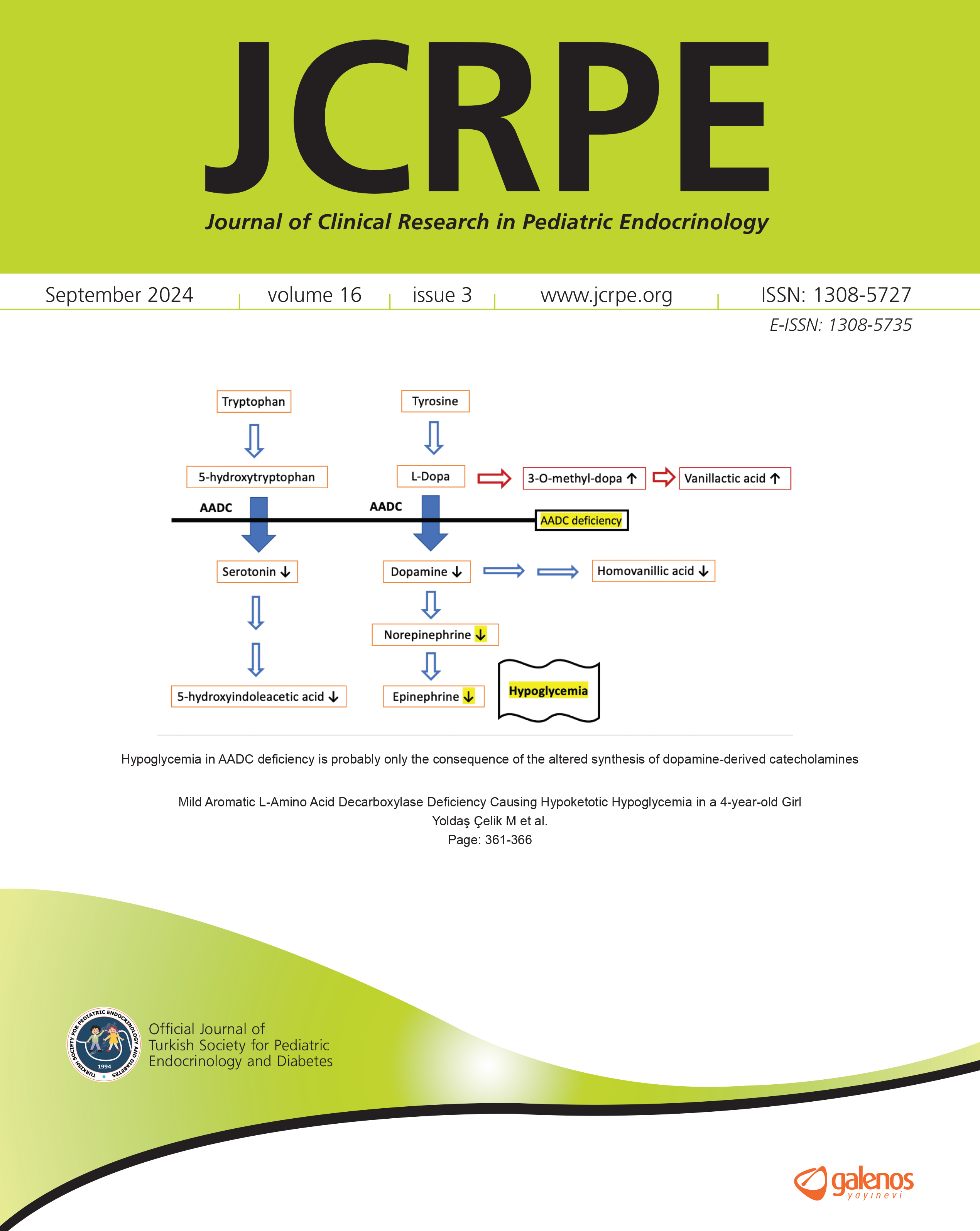Adult Outcome After Partial Androgen Insensitivity Syndrome: Diagnosed and Assigned Female in Infancy
Peter A LeeProfessor Emeritus, Department of Pediatrics, Penn State College of Medicine, Penn State Health, Hershey, PAThis patient, now in her 40s, was evaluated because of genital ambiguity and diagnosed with pAIS in infancy based upon elevated testosterone and gonadotropin levels and significantly reduced binding affinity of the androgen receptor. Such reduced binding is consistent with a structural abnormality of the receptor protein precluding expected activity of the androgen receptor. Based on this information and counseling, her parents chose a female sex assignment. She had clitoral recession and testes removal as an infant and neovaginal surgery using a distal ileum segment at age 11 years and was begun on estrogen therapy at age 12 years. She is being reported now to point out that the data known at her birth provided as specific information to guide sex assignment and genital surgery as is currently available. More importantly, long-term outcome data is very positive showing clear female gender identity, successful marriage of more than 20 years, excellent social relationships including family and friends, an active social life. Since this diagnosis is lifelong, it is inevitable that there will be reminders, hopefully rare, that may be traumatizing. Unfortunately, in this patient, such reminders have been related to access to health care.
Keywords: pAIS-partial Androgen Insensitivity syndrome, cAIS-complete Androgen Insensitivity Syndrome, gender identity, quality of life, masculinized genitaliaManuscript Language: English



























